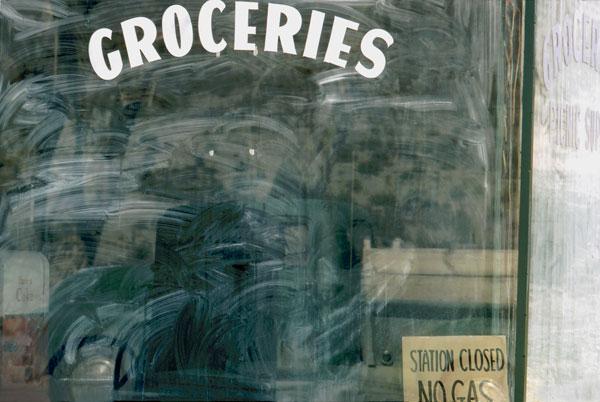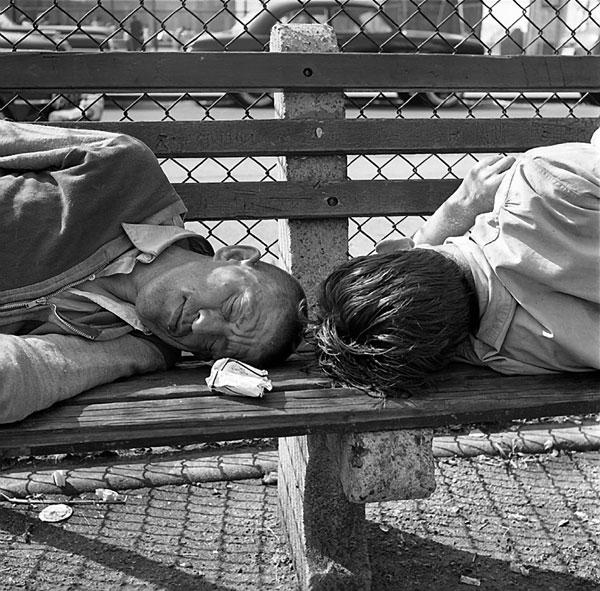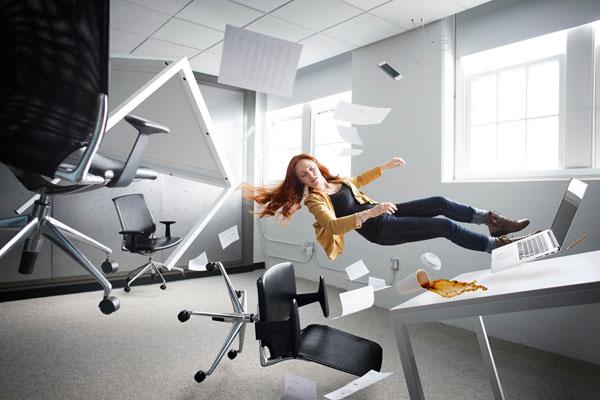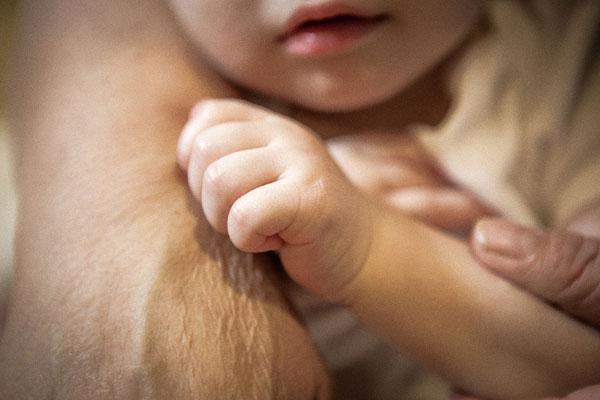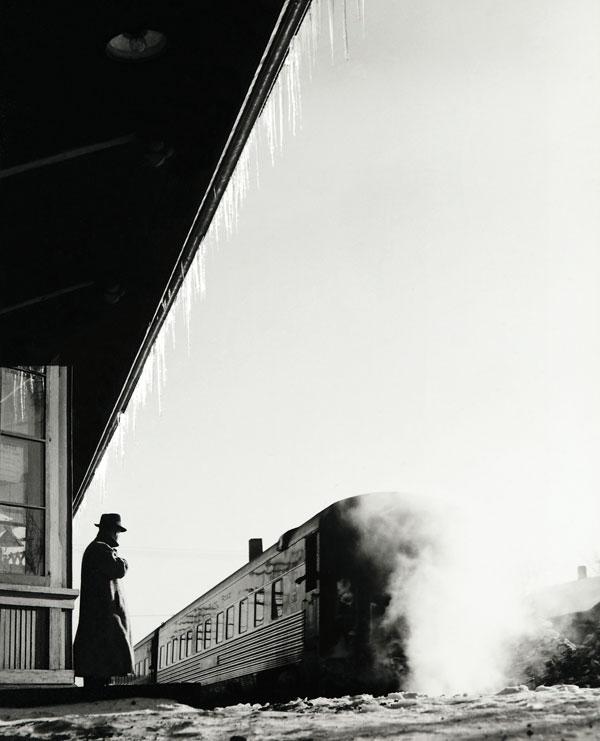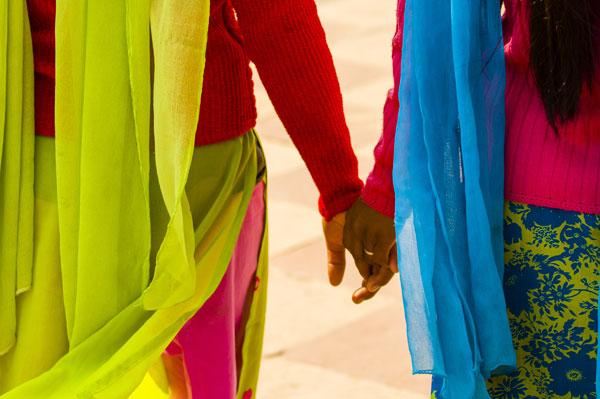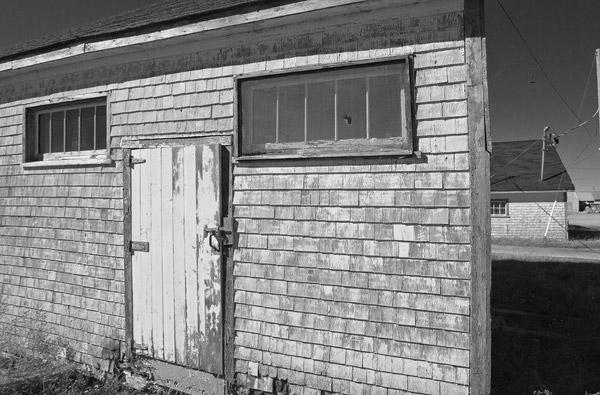Pro Techniques
Sort By: Post Date TitlePublish Date
|
Apr 24, 2014 |
|
Apr 24, 2014 |
|
Apr 21, 2014 |
First Published: Mar 01, 2014 |
|
Apr 15, 2014 |
First Published: Mar 01, 2014 |
|
Apr 11, 2014 |
First Published: Feb 01, 2014 |
|
Apr 07, 2014 |
First Published: Feb 01, 2014 |
|
Apr 04, 2014 |
First Published: Feb 01, 2014 |
|
Mar 25, 2014 |
|
Mar 25, 2014 |
First Published: Feb 01, 2014 |
|
Mar 21, 2014 |
First Published: Feb 01, 2014 |
|
Mar 17, 2014 |
First Published: Feb 01, 2014 |
|
Mar 14, 2014 |
First Published: Jan 01, 2014 |
|
Mar 11, 2014 |
First Published: Jan 01, 2014 |
|
Mar 07, 2014 |
First Published: Jan 01, 2014 |




